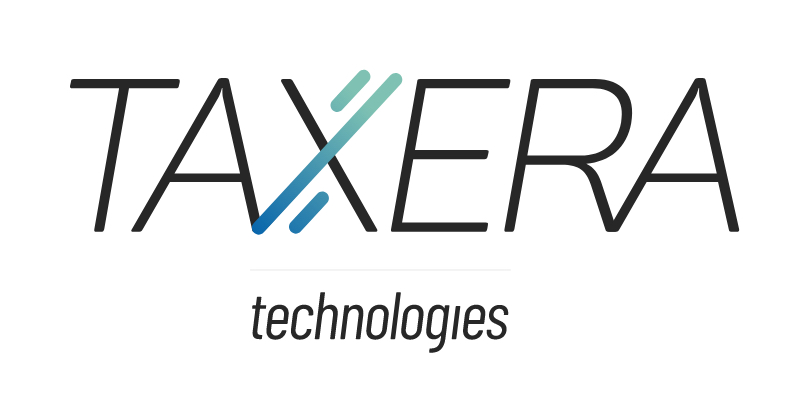- The Goods and Services Tax in India introduced a fully electronic GST refund process through FORM GST RFD-01
- This process enhances efficiency and transparency for businesses
- The electronic refund process started on September 26, 2019, eliminating the need for physical document submission and speeding up processing
- Types of refunds available electronically include unutilized Input Tax Credit on exports, tax paid on exports to SEZ units, refunds due to inverted tax structure, excess balance in electronic cash ledger, and errors in tax payments
- To file a refund, businesses must submit FORM GST RFD-01 online, upload necessary documents, and follow through with the generated Application Reference Number
- The process features no physical submissions, auto-reassignment for misdirected applications, and requires mandatory return filing
- Refunds are processed within 60 days, with interest paid by the government if delayed beyond this period
- Specific scenarios covered include refunds for exporters with mismatched invoice details, deemed exports, and Compensation Cess claims on inputs like coal
- Best practices include regular reconciliations, compliance audits, maintaining accurate documentation, and responding quickly to deficiency memos
- Tips for smooth claims include filing accurate returns, verifying invoice details, and staying informed on GST updates
Source: rmpsco.com
Note that this post was (partially) written with the help of AI. It is always useful to review the original source material, and where needed to obtain (local) advice from a specialist.















